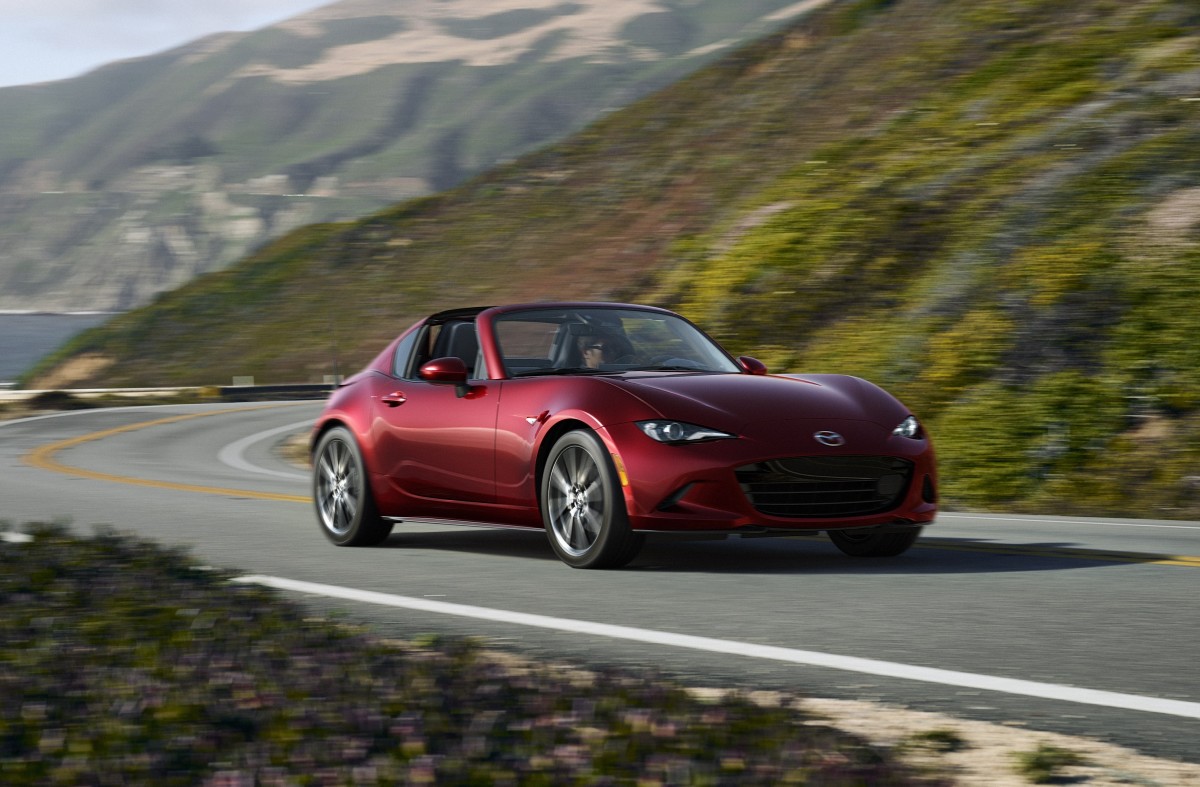
Yet another victim of tariffs
Tariffs on cars, trucks, and SUVs have proven troublesome for automakers. Consumers haven’t (yet) felt the full effect – auto prices are relatively staid compared to tariffs – but auto companies sure have. Mazda is the latest to announce earnings, and says tariffs have “a significant impact” on its business.
Mazda, which has a fiscal year that starts on March 1 of the calendar year, recently reported its H1 and Q2 2026 figures. Global sales were 609,000 units, and net sales were 2,238.5 billion yen. Though it aimed for break-even profit in the second quarter, Mazda had an operating loss of 7.8 billion yen and a net loss of 3.2 billion yen. Yes, tariffs are problematic for Mazda, too.
Mazda’s earnings were a mixed bag
Tariffs have been a fluid situation for automakers. They have been delayed, reduced, and increased, and rarely done when expected. Mazda blames its second-quarter operating loss, in part, on “the implementation of the reduction in Japan-U.S. auto tariffs [arriving] later than we originally expected.” In Q2, Mazda says tariffs caused a 10.3 billion yen hit on its operating income, “which more than explains the loss.”
Mazda hasn’t changed its full-year forecast, though, claiming that there’s reason to believe the second half of fiscal year 2026 will see a turnaround. For FY 2026, Mazda is targeting net sales of 4.9 trillion yen, an operating income of 50 billion yen, and a net income of 20 billion yen on the back of 1.3 million units sold.
Mazda produced 555,000 vehicles in the first half of FY 2026, down 8% year over year. It sold 609,000 units, down 3% from the first half of 2025, and pointed to slower sales in the European market as the cause. There was “weakness” in the Australian market as well, but Mazda claims sales growth in North America and Japan, which it calls “encouraging.”
Mazda’s tariff troubles
Tariffs implemented in the US reduced Mazda’s profits by 97.1 billion yen in the first half, the company says. Though a reduction in tariffs was slated for August 1, the reduced tariff percentage was implemented on September 16, which the automaker says significantly dampened earnings. Year over year, Mazda’s profits were basically wiped out by tariffs. “In essence, US tariff expense this year, with a blend of 27.5% and 15% on exports from Japan, and 25% on exports from Mexico, offsets the profits Mazda earned last year,” the automaker said.
For fiscal year 2025, Mazda’s operating income was 186.1 billion yen, with 165.5 billion yen going towards tariffs during the fiscal year 2026. To offset the damage, Mazda is planning to tinker with volume and the mix of vehicles it offers, which is how it hopes to achieve a 20 billion yen net income for FY 2026. Lower tariffs will reduce the damage, but they aren’t going away any time soon.
Kristen Brown
Final thoughts
Mazda is also adding $400-$700 to the price of its cars, starting with model year 2026. It thinks this move will improve margins but keep its vehicles in their designated categories. It’s a clever gambit, and Mazda would still be seen as a value brand to buyers. The average price increase is $550, and if Mazda sells the same number of units (1.3 million) next year, that’s a 112 billion yen increase in revenue.

